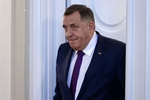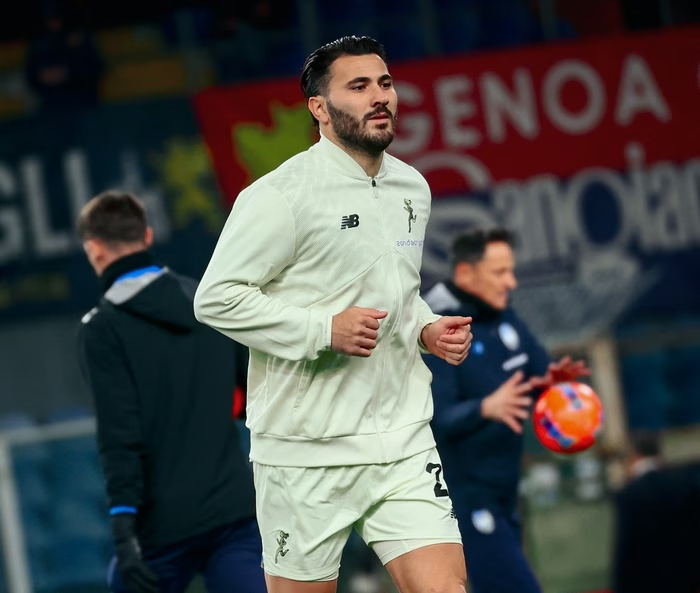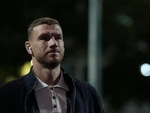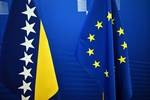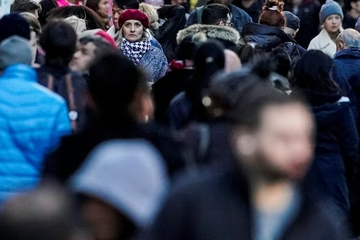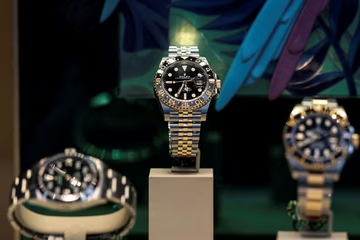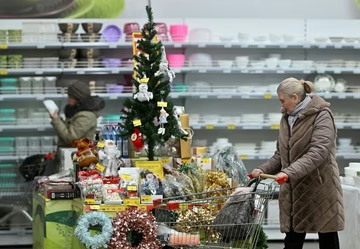Suljagic at UN: I was convinced I wouldn’t survive encounter with Mladic, but today there stands Srebrenica Memorial Centre
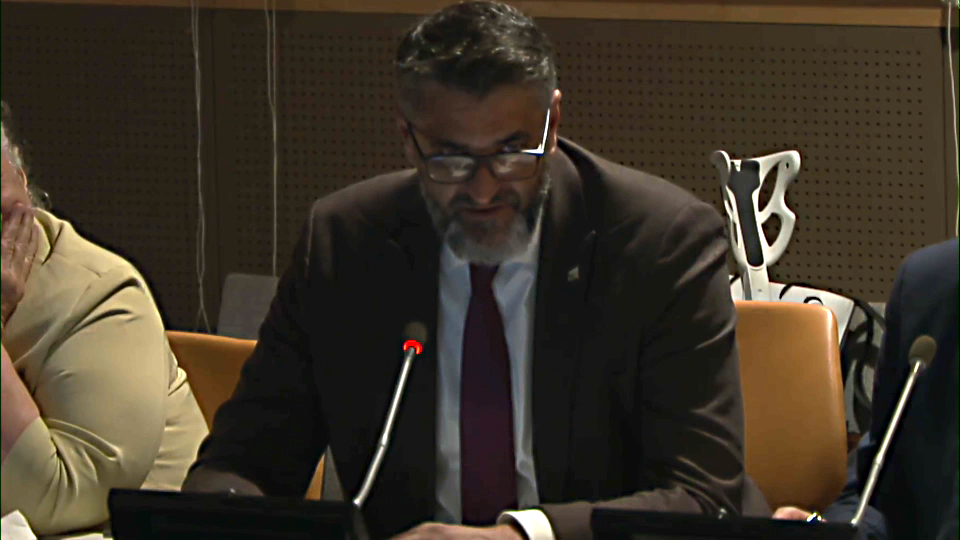
Emir Suljagic, head of the Srebrenica Memorial Centre, addressed on Monday a UN panel discussion "Memorialization of genocide: Justice, truth, healing - Case study Srebrenica.
Suljagic said that when his fellow genocide survivors emerged from the woods of eastern Bosnia in July 1995, no one believed them.
"Our stories were so horrifying, so unimaginable, that everyone chose to disbelieve. To compound the horror, in the most macabre operation of the entire conflict, the mortal remains of the victims were so thoroughly destroyed after their repeated exhumation and reburial – scattered across more than 2,900 square kilometers – that individual mass grave sites often only contained a single bone or even just the fragment of a single bone of individual victims", Suljagic said.
He added that over the past 29 years, they have had to prove every single detail of their ordeal, over, and over again.
"But we have done so with the most sophisticated scientific methods available to humankind. As a result, we have been able to establish, for example, that shards of glass found in a secondary mass grave 35 kilometers south of Srebrenica originated from a primary mass grave 40 kilometers north of the enclave. International investigators traced bullet casings from mass execution and mass grave sites back to the individual weapons from which they were fired. Srebrenica was and remains the testing ground for the leading DNA identification methods, deployed on an industrial scale, undertaken for the first time anywhere in the world, with the express purpose of substantiating the genocide", Suljagic emphasized and added:
"We have also been helped by the fact that the perpetrators of the genocide were so confident in their impunity that they documented every aspect of the operation. We know who pulled the trigger and where, who operated heavy machinery and when, and where the fuel for the transportation of victims to their murder sites and for the subsequent disposal of their remains was sourced. And we have proven and documented it all."
Suljagic explained that mothers crossed hundreds of kilometers to testify before courts, in foreign lands and foreign languages, about the murder of their children.
"Sons bore testimony to clasping their fathers’ hands for the last time and confronted those who ordered or executed the mass killings. For far too long, it has felt as though we’ve been fighting to prove our basic humanity, and in particular, the humanity of those we have lost. At times it has felt as though we have had to prove that they existed at all, that we loved them, and that they loved us".
He said to remember and honor Srebrenica today for them is to acknowledge a time when they were denied their humanity.
"It is to recognize the arduous journey we have had to undertake to assert our human dignity and our right to remembrance and grief. Our struggle continues to this day. We are still fighting for ownership over our narrative, to ensure that Srebrenica is not relegated to the margins of history, reduced to a minor event in an otherwise peaceful and prosperous era", the head of the Srebrenica Memorial Centre said.
He said that twenty-nine years ago, he stood before Ratko Mladic, fully convinced that he wouldn’t survive the encounter.
"Today, at the very site of our meeting, stands the Srebrenica Memorial Center, where I serve as the director, while Mladic sits in a prison cell, his power extinguished, left to stew in the memory of the horror he and his associates perpetrated", Suljagic added.
He noted that as survivors, they have moved forward.
"We have found a new purpose in life, we have started families, renewed our communities, and nurtured their growth. The perpetrators, on the other hand, remain trapped in the past, consumed by their hatred. They still cling to their dark, destructive values, refusing to acknowledge our humanity and characterizing the genocide against us as an act of liberation. We teach our children both the importance of memory and forgiveness and that there is salvation in mercy and community. They keep their youth entombed in resentment, fear, and loathing – of us but also of themselves", Suljagic said.
Suljagic emphasized that they have never abandoned the fight, no matter the odds.
"In 1995, no one believed we stood a chance. Yet, here we are today, speaking before the United Nations, before the world, ahead of a motion to adopt a resolution on the international commemoration of the Srebrenica genocide. Our presence here—both physically and symbolically—is the culmination of the efforts of an entire generation, enacted over more than three decades. Many who survived the carnage of 1995 did not live to witness this moment, but I am deeply cognizant that we stand on their shoulders and in their shadows. And today, we are here to ensure that the generations to come have shoulders on their own on which to stand. Because to remember is to affirm our humanity, and to affirm our freedom", he added.
The head of the Srebrenica Memorial Centre thanked the participants for their support and solidarity.
"And we invite you to visit us in Srebrenica and Bosnia and Herzegovina, including those of you here today who still deny the historical and scientific facts. Come to Srebrenica. It is sacred ground. Come to Srebrenica and allow the memory of our dead to transform your life. Come to Srebrenica and see the triumph of the human spirit, our human spirit. Come to Srebrenica and join us in our struggle for justice", Suljagic said.
Kakvo je tvoje mišljenje o ovome?
Učestvuj u diskusiji ili pročitaj komentare





 Srbija
Srbija
 Hrvatska
Hrvatska
 Slovenija
Slovenija









